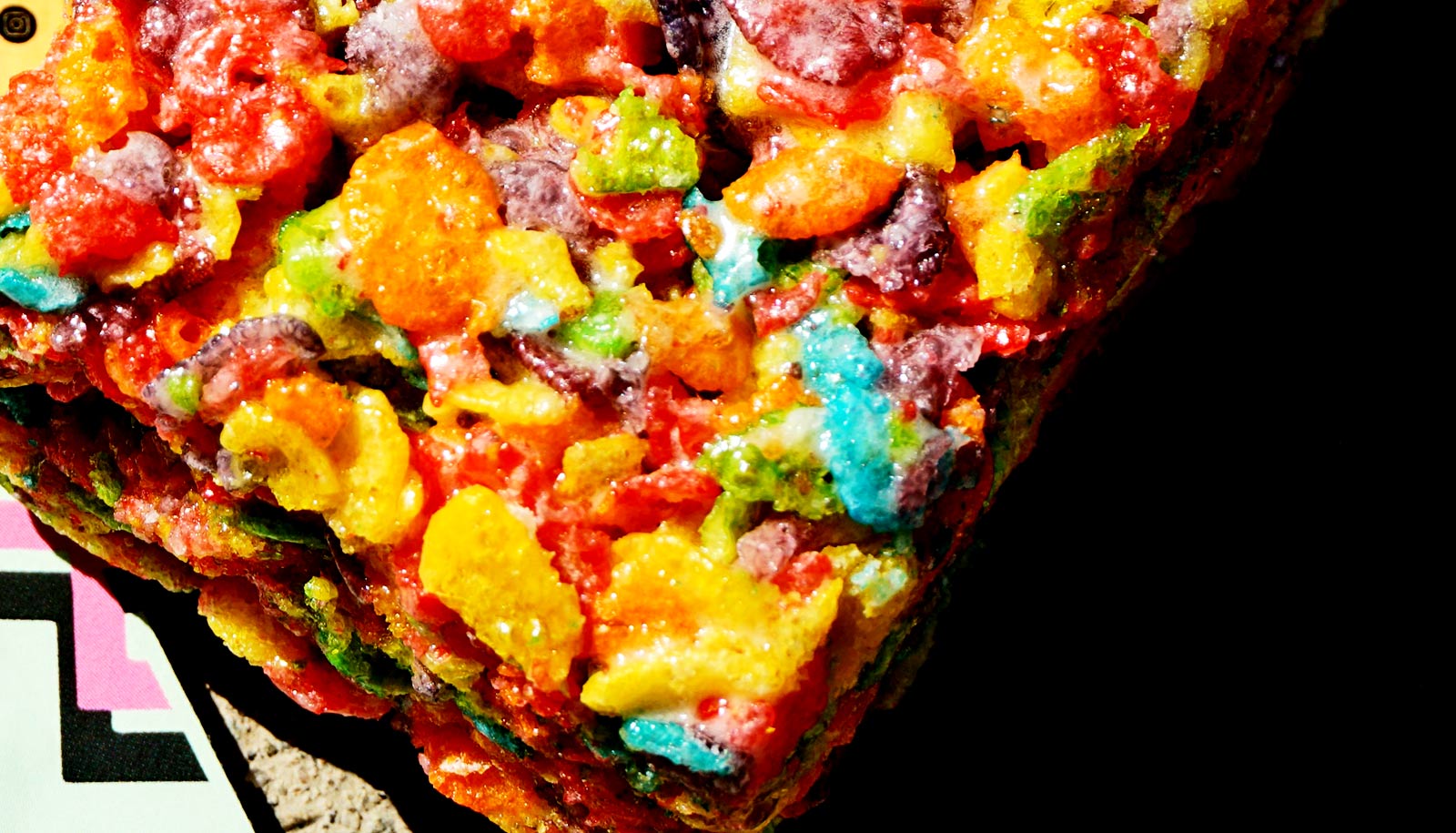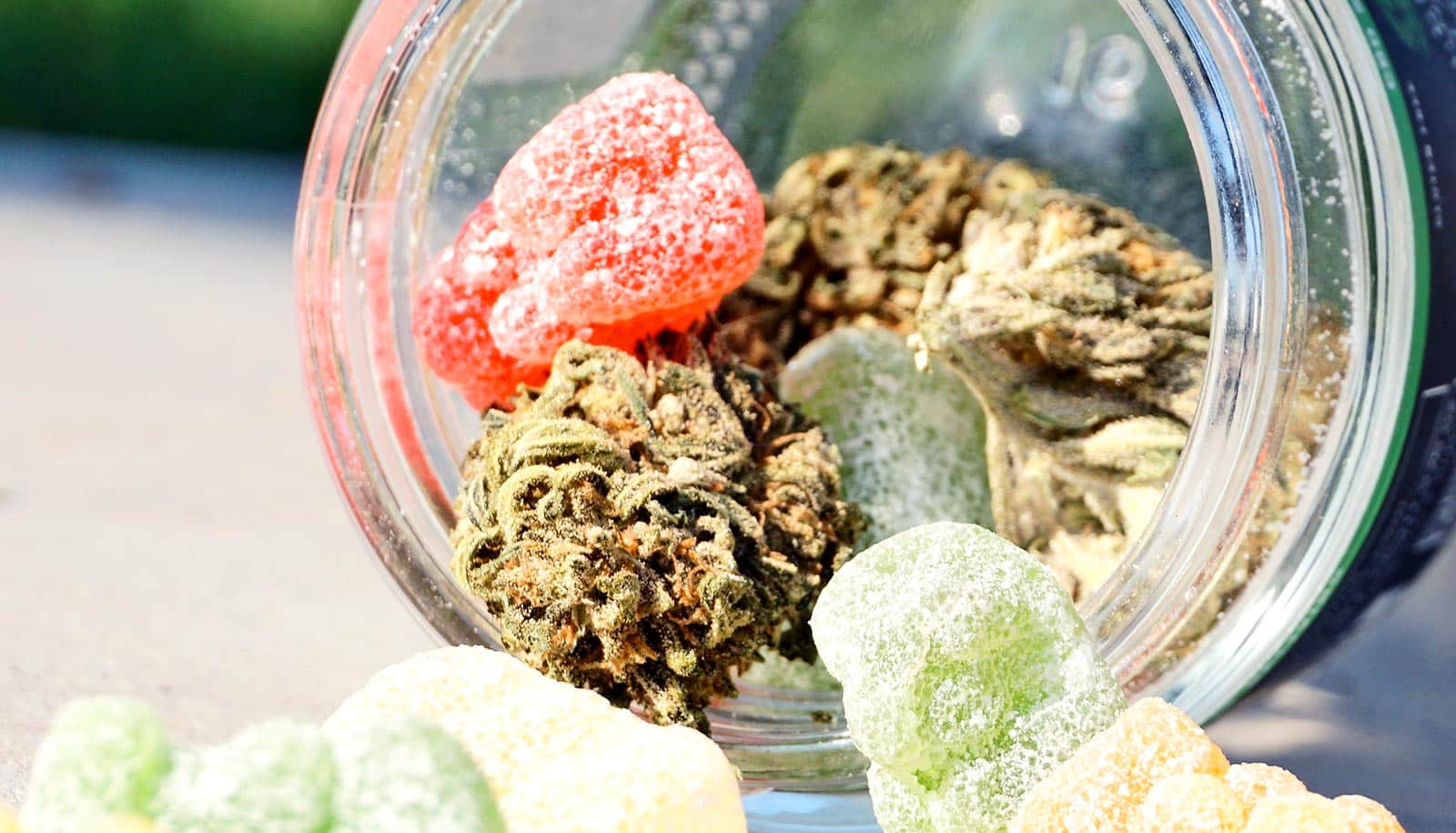Some cannabis edibles look remarkably like popular snack foods and may be easily confused for them, posing a risk to kids and adults, according to a new study.
These “copycat” edibles also have levels of tetrahydrocannabinol or THC—the main psychoactive compound in cannabis—that far exceed the limits set by state cannabis regulations.
“At first glance, most of the packages look almost exactly like familiar snacks. If these copycat cannabis products are not stored safely, there is the potential for accidental ingestion by children or adults,” says Danielle Ompad, associate professor of epidemiology at the School of Global Public Health at New York University, and lead author of the study in Drug and Alcohol Dependence.
From 2017 to 2019, US Poison Control Centers handled nearly 2,000 cases of young children ages 0 to 9 consuming edibles.
Edibles are a popular and growing segment of the cannabis market. In states where cannabis use is legal, more than half (56%) of people who use cannabis consume edibles, with younger people more likely to do so.
Recent news reports have drawn attention to edibles that use similar branding and imagery to mimic popular snack foods. These copycat cannabis products are a public health concern given that people—including children—could mistake them for snacks and accidentally consume them. From 2017 to 2019, US Poison Control Centers handled nearly 2,000 cases of young children ages 0 to 9 consuming edibles.
To gain a deeper understanding of copycat edibles, researchers collected hundreds of photos of cannabis products and analyzed their packaging, including branding, names, imagery, and THC content. They focused on photos for 267 edibles and found that 8% (22 photos) closely resembled 13 different snack products.
Twelve of the products were candies or sweet snacks (fruit chews, fruit snacks, rice and marshmallow treats, and gummies) and one was a salty snack (chips). Eight of the 13 packages used the exact brand or product name of the original product; the remaining five used names that were similar (for instance, “Stoner Patch Dummies” instead of “Sour Patch Kids”). Seven of the packages used the same cartoon or brand character as the original product.
Most states that have legalized cannabis limit the amount of THC in edibles—typically 5 mg or 10 mg of THC per dose and 100 mg per package. According to information listed on the packaging of the lookalike products, these edibles contained an average of 459 mg of THC and a range of 300 to 600 mg per package, greatly exceeding the maximum limits.
“While each package is likely intended to include multiple doses, few packages indicate the serving size or number of servings,” says Ompad, who is also the deputy director of the Center for Drug Use and HIV/HCV Research (CDUHR) at NYU School of Global Public Health. “Moreover, if we’re considering 10 mg a standard dose, these products could contain an alarming 30 to 60 doses per package.”
The findings highlight the risk that these copycat products could be attractive to children, given the colorful packaging and use of familiar branding and characters.
“Policies to prevent cannabis packaging from appealing to children haven’t stopped copycat products from entering the market—nor have food brands taking legal action against cannabis companies for copyright infringement,” says Ompad. “People who purchase edibles that look like snack foods should store them separately from regular snacks and out of reach of children.”
Additional coauthors are from Morgan State University, Penn, and NYU.
The National Institute on Drug Abuse and the National Cancer Institute funded the work.
Source: NYU


